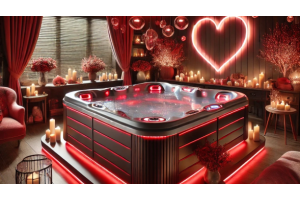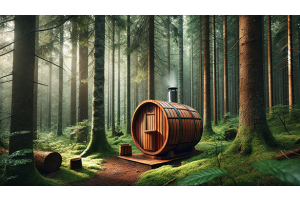In-ground vs above ground hot tubs

When deciding between an in-ground and an above-ground hot tub, several factors come into play, each with its own set of advantages and considerations.
We will will help you assess which option might be best for your situation:
ADVANTAGES OF INGROUND HOT TUBS
Aesthetic Integration:
In-ground hot tubs often blend perfectly into existing landscaping, without blocking views with the sides of hot tub cabinet.
Patios can be customised to fit your aesthetic preferences, with an inground pool of hot water that has colour changing lights and waterfalls, seamlessly merging into the overall beauty and ambiance of your outdoor space.


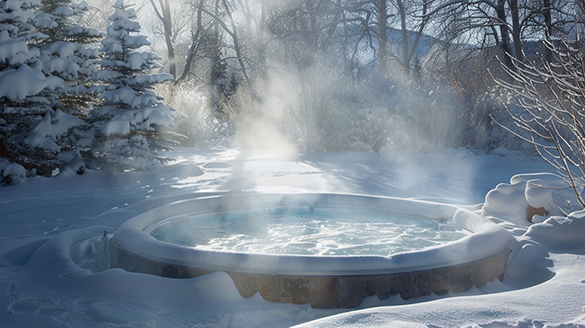

Customisation:
There is greater flexibility in design, allowing for customised shapes, materials, and features to suit your specific needs and tastes.
Durability:
Cabinets can last a lot longer than those fitted to above ground hot tubs, as they are more protected from inclement weather.
The Covers are more easier to remove, therefore they are less prone to be damaged.


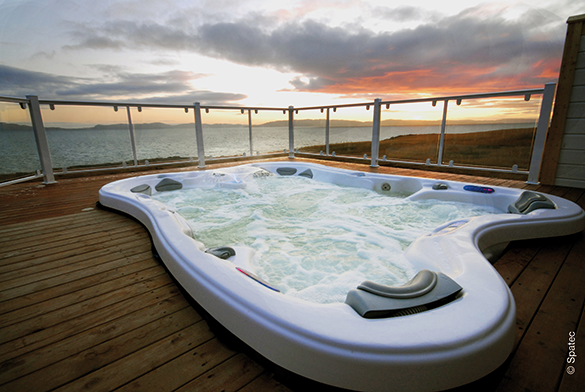

Property Value:
They can enhance property value, owing to their integration into the landscape and customised design.
CONSIDERATIONS:
Cost: Installation and initial cost are usually significantly higher due to the complexity of excavation, materials, and construction.
Installation: This process is more involved, requiring professionals and sometimes lengthy construction timelines. Drainage is a key consideration if the hot tub is installed in-ground.
Maintenance: While durable, repairs can be more complex and costly given the integrated and often buried components.
Portability: Permanently installed, they lack portability. Once installed, relocating or removing them is substantial work.
ADVANTAGES OF ABOVE-GROUND HOT TUBS
Cost-Effective:
Generally, more affordable in terms of both initial purchase and installation.
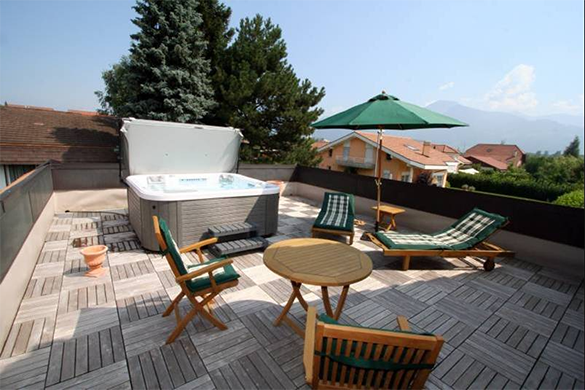



Easy Installation:
Quick and straightforward to install, often requiring minimal site preparation.
Location Flexibility
Electric Hot Tubs: Require access to an electrical connection, so installation may be limited to areas near power sources.
Wood-Fired Hot Tubs: Can be installed in more remote locations, as they don’t require electricity, making them ideal for cabins, off-grid settings, or back-to-nature retreats.
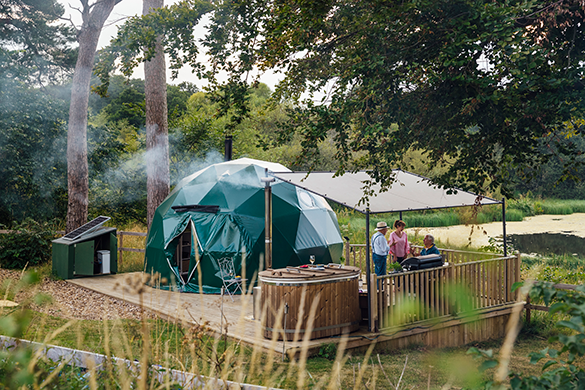

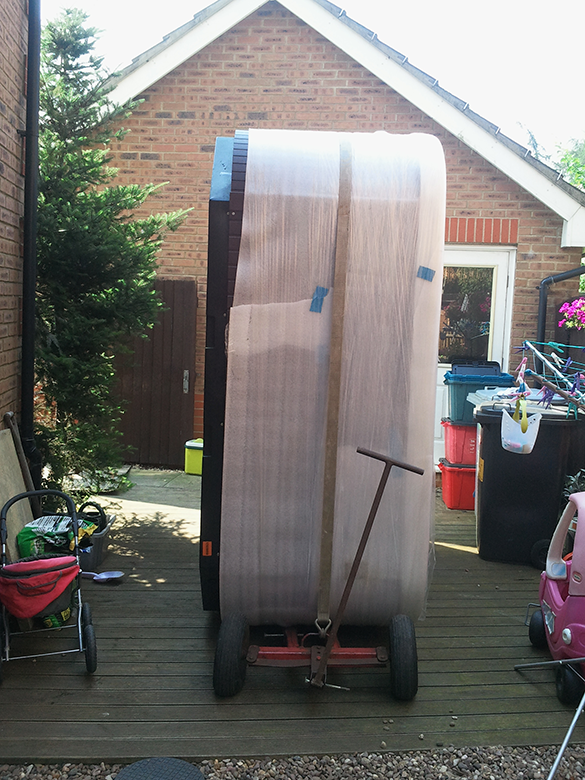

Portability:
These tubs can be moved or relocated relatively easily, offering flexibility if you move home or decide to reconfigure your garden.
Diverse Options:
Available in a variety of models, sizes, and features that cater to different tastes and budgets.
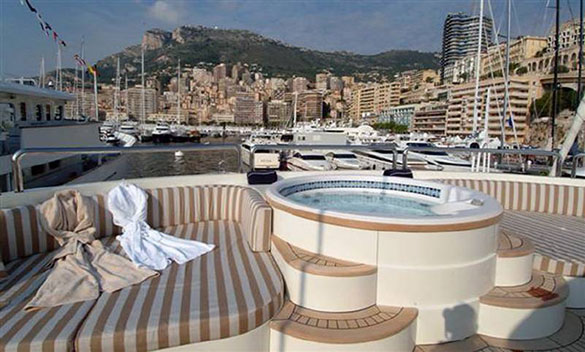

CONSIDERATIONS:
Aesthetic Limits: They may not blend as seamlessly into landscaping, although there are many attractive designs available.
Durability: Generally, less durable than high-end in-ground models, though modern materials and construction methods offer improved longevity.
Space: May take up more visual space in a garden and require a suitable, level area for placement.
4. Access Considerations: Depending on the height and design, entering and exiting might require additional steps or platforms.
Drainage: Water can never be allowed to sit around the hot tub and within the in-ground cavity. So any build-up of water must be avoided by installing either a drain or a sump pump within the cavity floor.
Your choice between an in-ground and above-ground hot tub will depend largely on your budget, aesthetic preferences, and long-term plans for your outdoor space.
You should consider how each type aligns with your needs in terms of design, cost, installation, maintenance, and usage to make the most informed decision.




